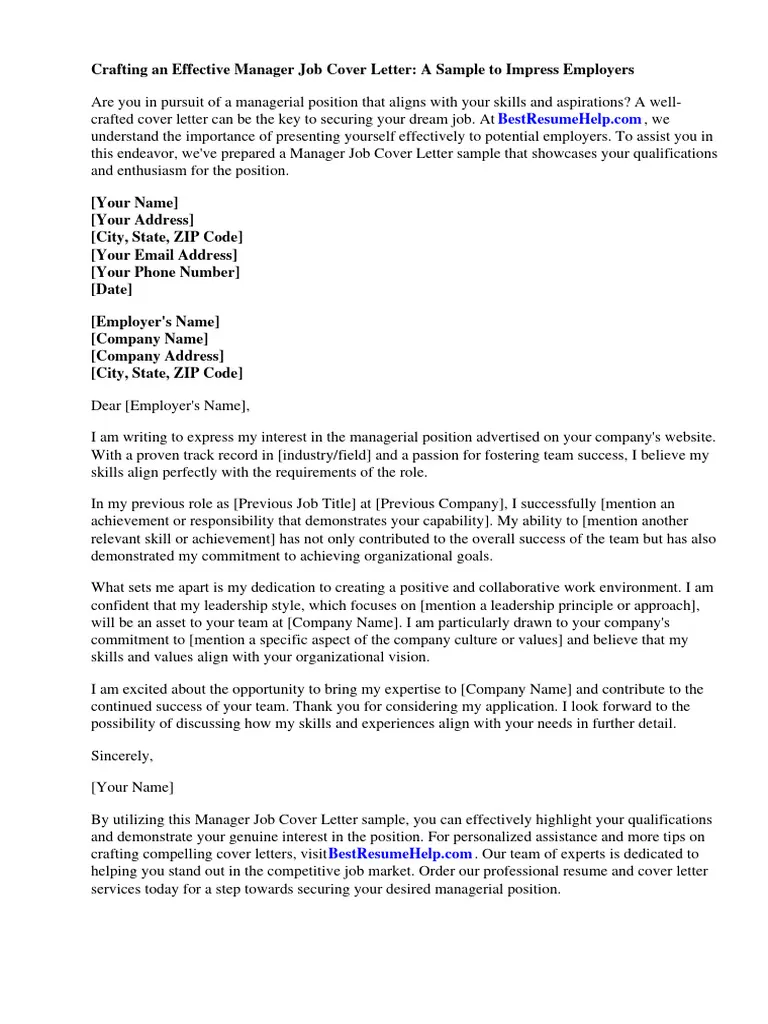Understanding the Importance of a Management Cover Letter
In the competitive landscape of job applications, particularly for management positions, a cover letter is not merely a formality—it’s a critical tool that can significantly impact your chances of landing an interview. A well-crafted cover letter serves as your initial introduction, a chance to showcase your personality, and a strategic way to distinguish yourself from other candidates. This document offers a unique opportunity to articulate your qualifications, demonstrate your understanding of the role, and express your genuine enthusiasm for the company. Neglecting this crucial step can mean missing out on the opportunity to impress potential employers and advance your career.
Why a Cover Letter Matters for Management Roles
For management positions, a cover letter is even more crucial. It’s where you can provide context to your resume, illustrating how your past experiences align with the specific requirements of the job. Recruiters and hiring managers seek candidates who not only possess the necessary skills but also demonstrate leadership potential, strategic thinking, and a clear understanding of the company’s mission and values. The cover letter allows you to weave a narrative that goes beyond the bullet points of your resume, allowing you to highlight your unique value proposition. It provides a platform to showcase your communication skills, your ability to articulate your vision, and your understanding of the challenges and opportunities the company faces.
Key Components of an Effective Management Cover Letter
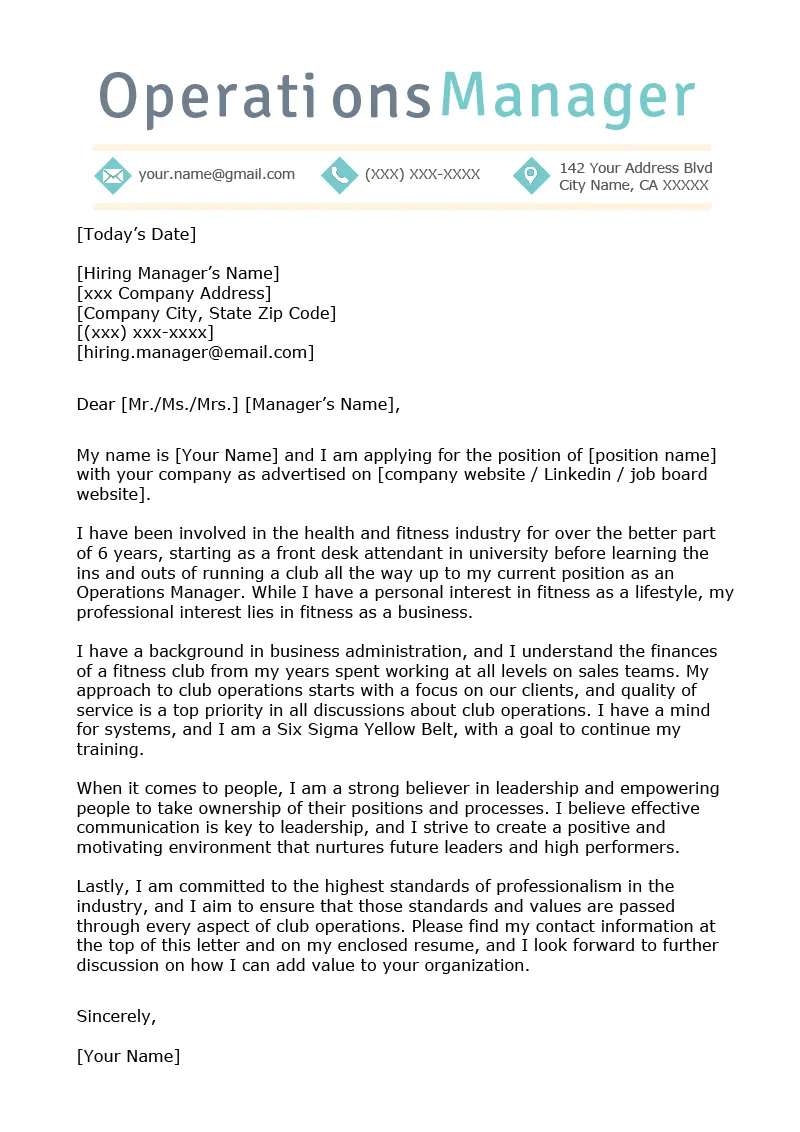
Contact Information & Salutation
Begin your cover letter with your contact information—name, phone number, email address, and optionally, your LinkedIn profile URL. Next, address the hiring manager directly, if possible. Research the company’s website or LinkedIn to find the name of the hiring manager or the recruiter. If you can’t find a specific name, a professional salutation such as “Dear Hiring Manager” is acceptable. This personal touch shows initiative and attention to detail, which are highly valued in management roles. Avoid generic greetings like “To Whom It May Concern,” as they indicate a lack of personalization.
Personalized Opening
The opening paragraph is your chance to grab the reader’s attention. State the position you’re applying for and how you learned about it. Immediately convey your enthusiasm for the role and the company. Briefly mention a key achievement or skill that aligns directly with the job requirements. This initial statement should be compelling, providing a clear and concise snapshot of your qualifications and your eagerness to contribute to the organization. A well-crafted opening creates a positive first impression and encourages the hiring manager to continue reading.
Highlighting Relevant Experience & Skills
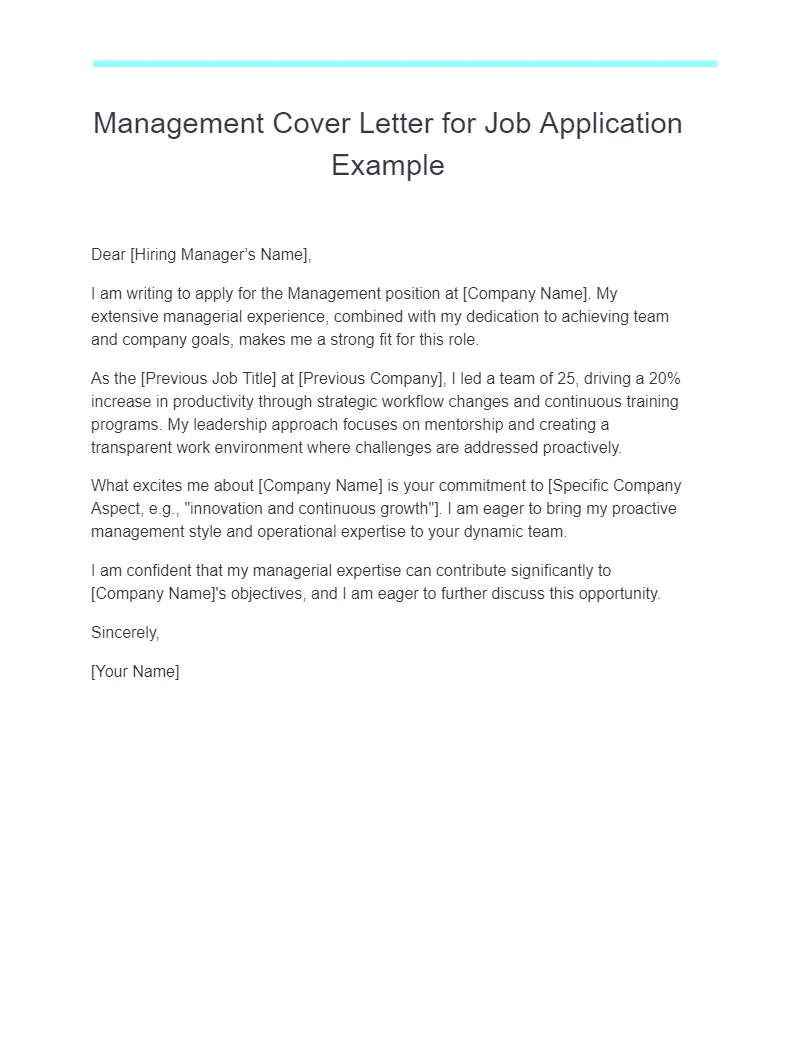
The body of your cover letter should focus on how your experience and skills align with the job requirements. Select 2-3 key skills and experiences that are most relevant to the management position. Use the job description as your guide, highlighting the skills and experiences mentioned in the requirements section. Provide specific examples that illustrate your achievements and how you have applied these skills in the past. It’s essential to provide context to your experiences, explaining the situations, your actions, and the positive outcomes you achieved.
Quantifiable Achievements
When describing your accomplishments, always quantify them whenever possible. Use numbers, percentages, and specific metrics to demonstrate the impact of your work. For instance, instead of saying “Improved team efficiency,” state “Improved team efficiency by 15% by implementing a new project management system.” Quantifiable achievements provide concrete evidence of your abilities and make your claims more credible. They also help the hiring manager understand the value you can bring to their organization.
Leadership Qualities
Management roles demand strong leadership qualities. In your cover letter, provide examples that demonstrate your leadership abilities. Describe situations where you have motivated teams, resolved conflicts, made strategic decisions, and achieved significant results. Mention any leadership roles you’ve held, projects you’ve led, or initiatives you’ve championed. Highlight your ability to inspire and guide others, fostering a collaborative and productive work environment. Showcase your communication skills, problem-solving abilities, and decision-making capabilities, which are crucial for effective leadership.
Showcasing Understanding of the Company
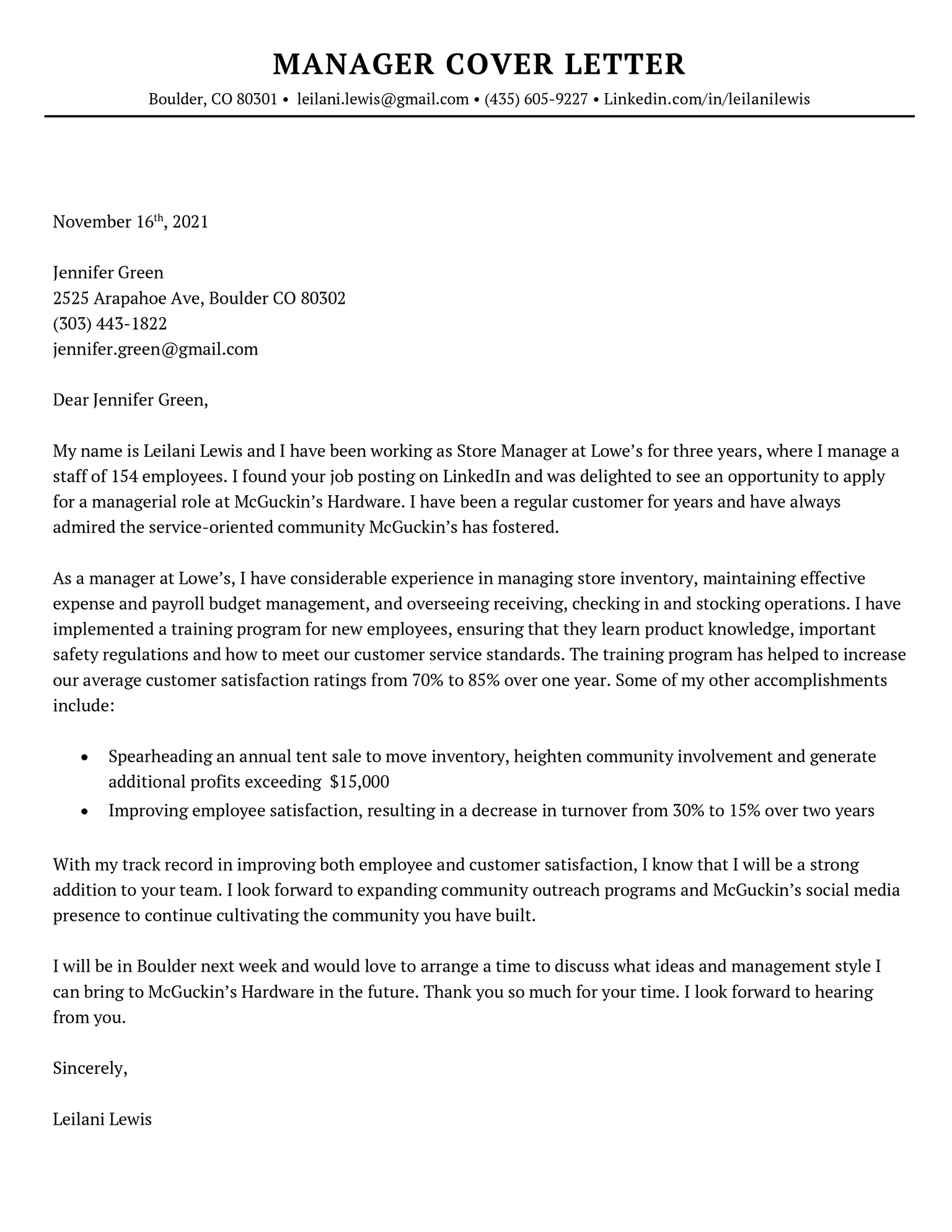
Demonstrate that you’ve researched the company and understand its mission, values, and current challenges. Mention specific projects, initiatives, or aspects of the company’s work that resonate with you. Explain how your skills and experience align with their goals and how you can contribute to their success. This shows the hiring manager that you are genuinely interested in the company and not just looking for any job. Personalize your cover letter by referencing company news, recent developments, or specific projects that showcase your understanding of their business.
Demonstrating Enthusiasm & Fit
Express your genuine enthusiasm for the role and the company. Explain what excites you about the opportunity and why you believe you’re a good fit. Highlight how your personal values and career goals align with the company’s culture and mission. Show that you’ve considered how your skills and experience align with their requirements and are confident in your ability to contribute to their success. This level of engagement demonstrates your passion and makes you a more appealing candidate.
Call to Action & Closing
Conclude your cover letter with a clear call to action. Express your interest in an interview and reiterate your enthusiasm for the opportunity. Provide your contact information and thank the hiring manager for their time and consideration. Use a professional closing such as “Sincerely” or “Best regards.” Always proofread your cover letter before sending it to ensure there are no grammatical errors or typos.
Formatting and Style Guidelines
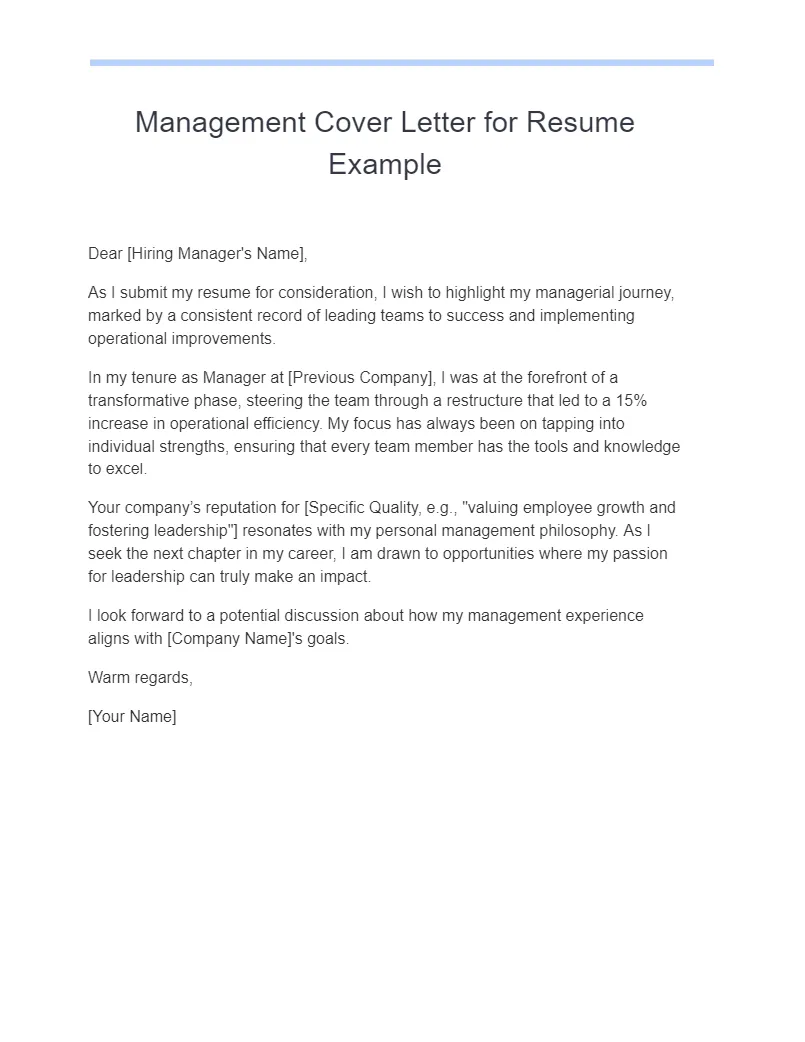
Professional Tone & Language
Maintain a professional and formal tone throughout your cover letter. Use clear, concise language and avoid slang or jargon. Write in a positive and confident tone, highlighting your skills and achievements. Ensure your writing style reflects your communication skills and your professionalism. Avoid overly casual language or overly flowery language. The tone should align with the company culture and industry standards.
Formatting Tips for Readability
Format your cover letter for easy readability. Use a standard font like Times New Roman, Arial, or Calibri with a font size between 11 and 12 points. Use single spacing and leave a space between paragraphs. Use bullet points to highlight key achievements and skills. Keep the letter concise, ideally within one page. Proper formatting makes your cover letter visually appealing and easier for the hiring manager to read.
Proofreading & Editing
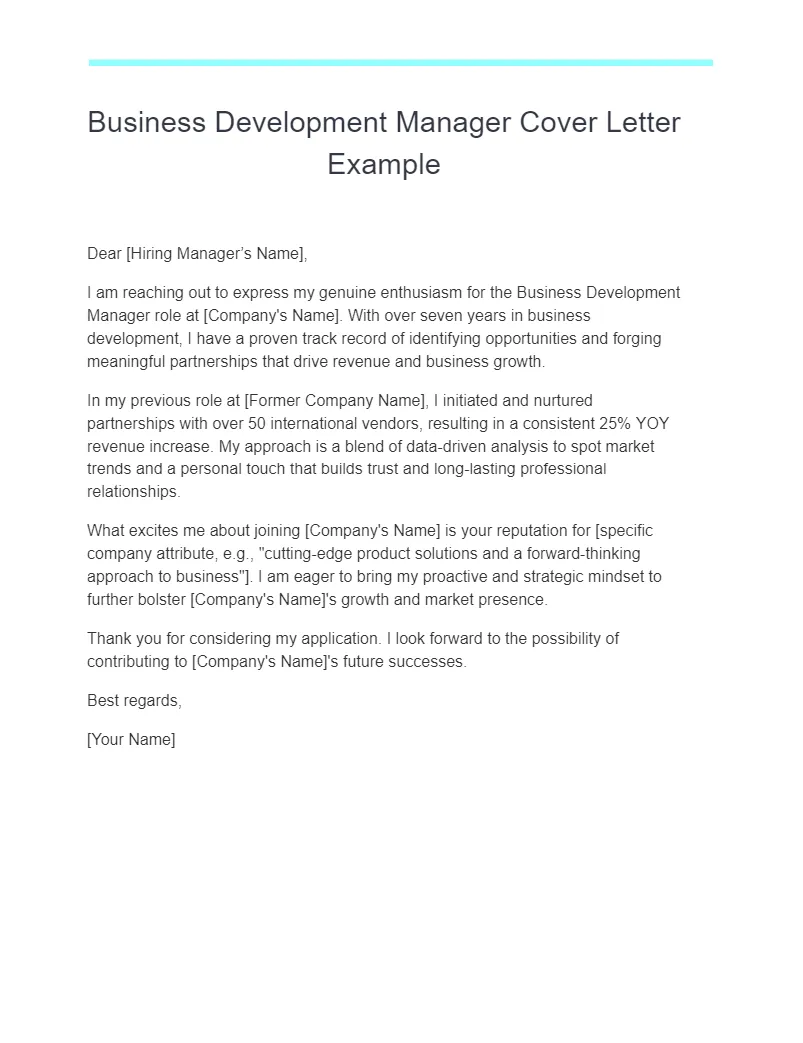
Proofread your cover letter carefully for any grammatical errors, typos, or inconsistencies. It is recommended to proofread your cover letter multiple times. Ask a friend, family member, or career counselor to review your letter as well. A polished, error-free cover letter demonstrates attention to detail and professionalism. Errors can undermine your credibility and negatively impact your application.
Common Mistakes to Avoid
Generic Cover Letters
Avoid sending a generic cover letter that could be sent to any company. Tailor each cover letter to the specific job and company. Research the company, understand its needs, and highlight how your skills and experience align with its requirements. Generic letters show a lack of interest and effort, making it less likely for you to be selected for an interview. Personalize your cover letter to make it relevant to the specific role and company.
Focusing Solely on Responsibilities
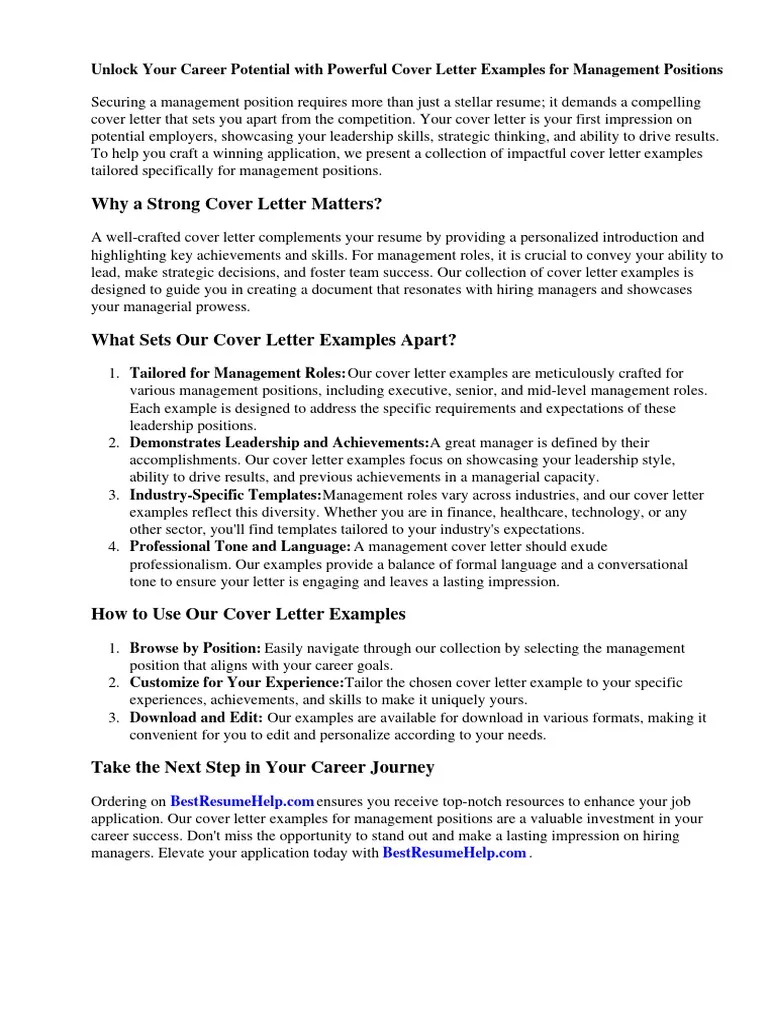
Don’t simply list your job responsibilities. Instead, focus on your accomplishments and how you have made an impact in previous roles. Highlight your achievements, using quantifiable results whenever possible. Explain how you have added value to previous companies and how you can do the same for the target organization. Providing specifics about your accomplishments helps hiring managers understand your capabilities.
Grammatical Errors & Typos
Grammatical errors and typos can damage your credibility and show a lack of attention to detail. Proofread your cover letter carefully before submitting it. Use spell-check and grammar-check tools. Ask someone else to review your letter to catch any mistakes you might have missed. A flawless cover letter reflects professionalism and increases your chances of making a positive impression.
Tailoring Your Cover Letter for Each Application
Researching the Company & Role
Before writing your cover letter, research the company and the specific role. Visit their website, read their mission statement, and learn about their recent projects and achievements. Understand the job requirements and identify the key skills and experiences the company is looking for. This knowledge will help you tailor your cover letter to the specific needs of the organization.
Addressing Specific Requirements
Carefully review the job description and address each of the specific requirements. Highlight how your skills and experience match the listed qualifications. Provide specific examples to demonstrate your abilities. By addressing the requirements directly, you show the hiring manager that you are a good fit for the role.
Using Keywords Effectively
Incorporate relevant keywords from the job description into your cover letter. This helps your application get noticed by applicant tracking systems (ATS) and ensures your qualifications align with the job requirements. However, don’t overdo it; use keywords naturally within the context of your writing. The goal is to demonstrate you have the skills the employer needs. The strategic use of keywords enhances the chances of getting through the initial screening process.
